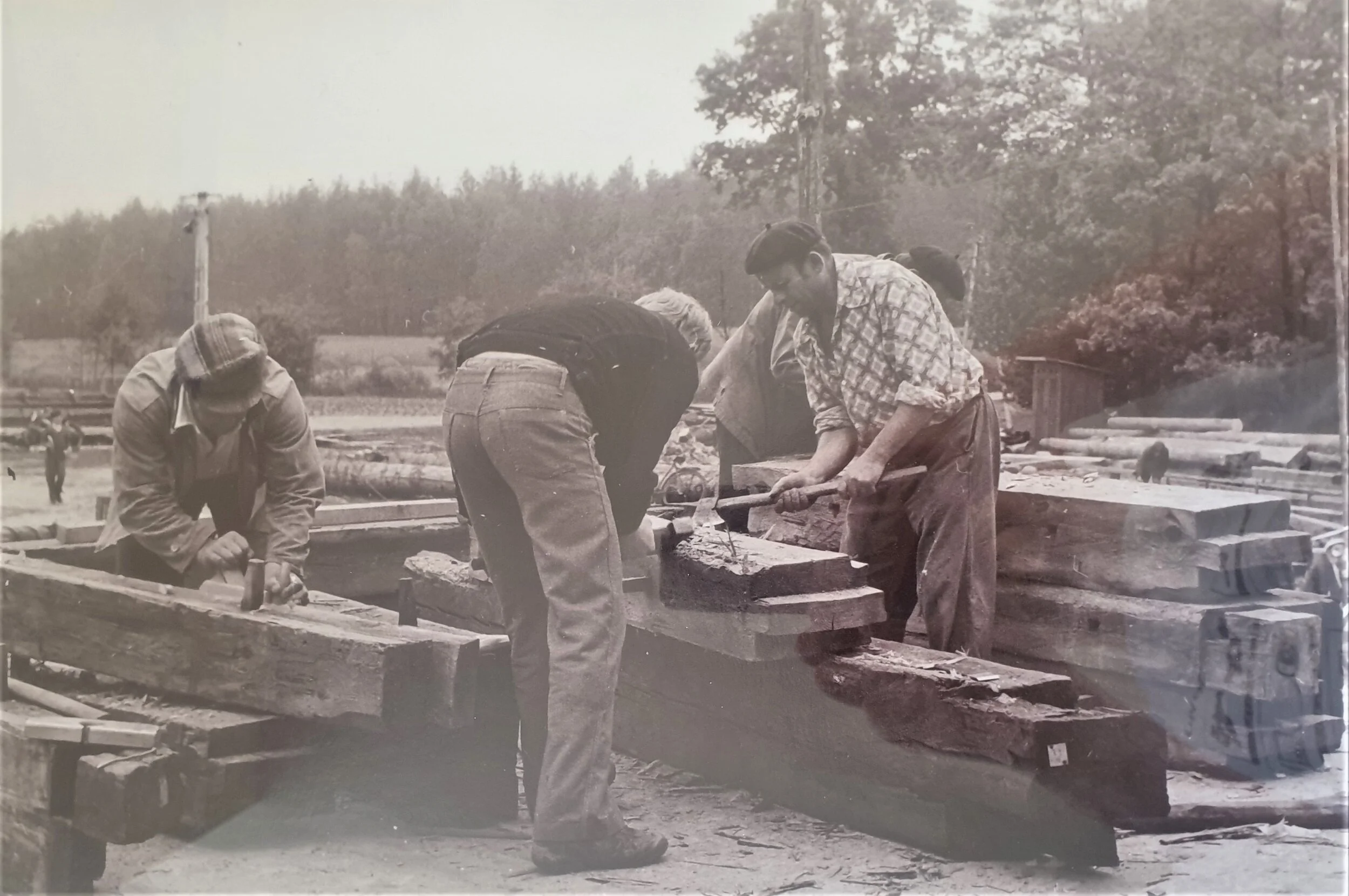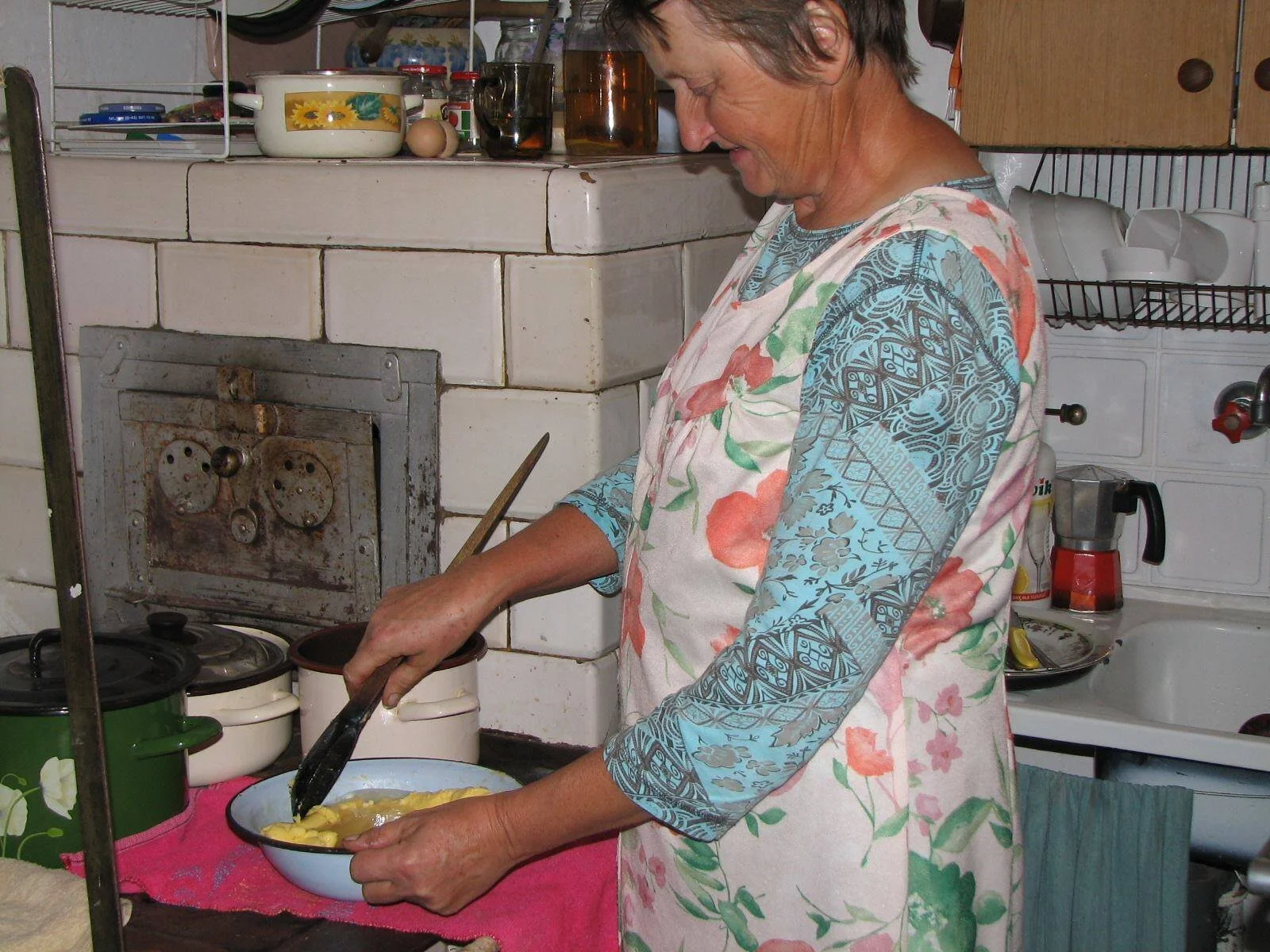I would never have found grandfather’s church if I hadn’t sat beside Vitek on a flight home from Poland. He was curious and asked if I was writing a book… seeing me scribble non-stop in my journal. At that time I didn’t know I was preparing to do exactly that. We marveled at the coincidence that I had been in Kolbuszowa which was his home and visited the Cmolas church which was his parish. I lamented the loss of the old church when he quickly corrected me that it still stands and was moved to Poreby Dymarskie, and in fact, it’s the church where he was married ! The Coincidences during my search have been mind boggling.
Of course that meant there had to be another trip to Poland so that Gosia and I could find the Rzasa’s church. My mind’s eye can still conjure the image of the young priest in his long black vestment teaching a summer school class as the sun shafts slanted across the carpet. Rich gold trim on the side altar, stars painted on a field of blue ceiling and ancient paintings along the side walls were obviously precious. I couldn’t believe I was standing where my grandfather had stood as a boy and young man.
Years later I was able to attend mass at this special church. Forewarned that seats filled early, I came 15 minutes before mass was due to begin. I squeezed into the last open space at the end of a narrow wooden bench and was enchanted by the sound of the Polish parishioners reciting the rosary in unison and continuing like a chant until the start of the mass.
I imagined my grandfather may have been an altar boy like these boys in white cassocks.
I don’t have words to describe what all this felt like for me. I was so lucky to experience those people, that place, that extraordinary time.






























